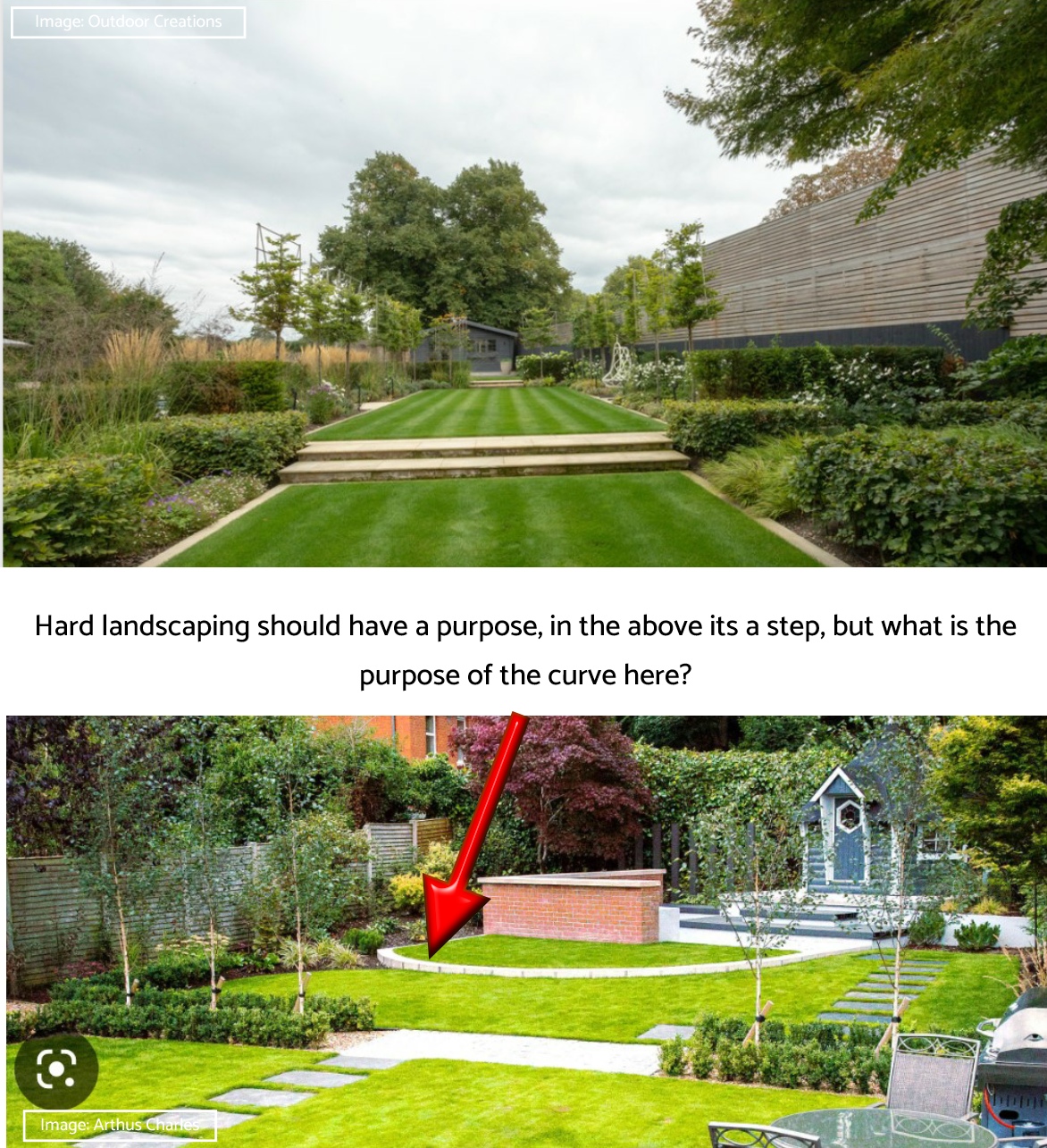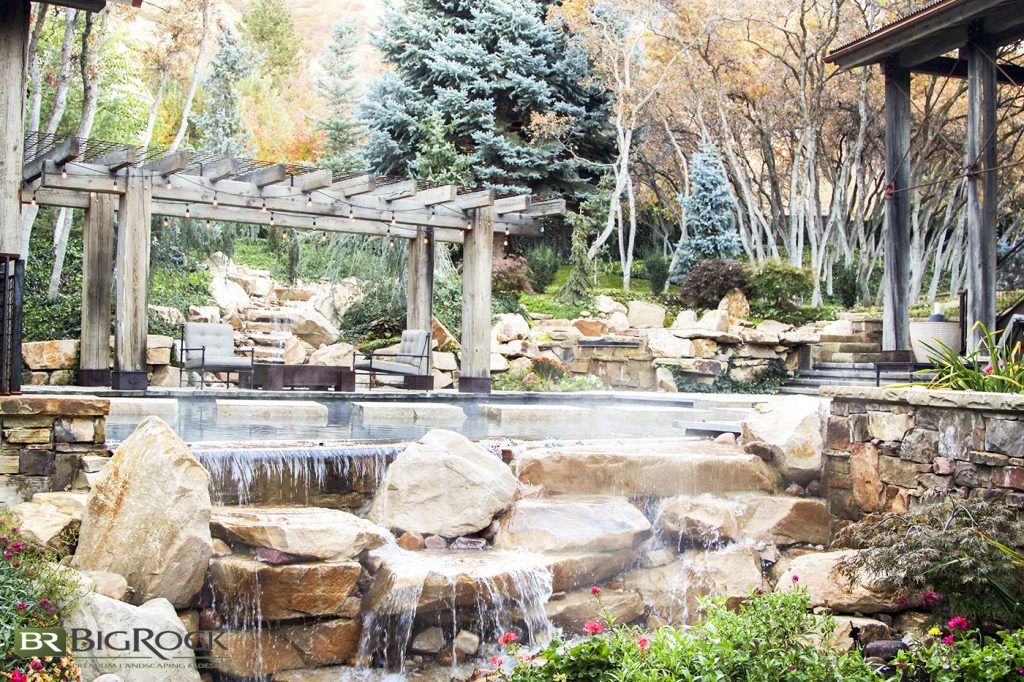A Biased View of Hilton Head Landscapes
A Biased View of Hilton Head Landscapes
Blog Article
The smart Trick of Hilton Head Landscapes That Nobody is Talking About
Table of ContentsExamine This Report on Hilton Head LandscapesHilton Head Landscapes Fundamentals ExplainedAll About Hilton Head LandscapesWhat Does Hilton Head Landscapes Mean?Hilton Head Landscapes - The FactsThe 30-Second Trick For Hilton Head LandscapesThe Single Strategy To Use For Hilton Head Landscapes
Line creates all kinds and patterns and can be used in a selection of means in the landscape. Line in the landscape is created by the side between 2 materials, the synopsis or shape of a type, or a long linear feature. Lines are an effective device for the developer because they can be used to develop a boundless range of forms and types, and they control motion of the eye and the body.

Lines can have several characteristics, such as those described listed below, yet they commonly offer various functions. Number 1. Lines in the landscape - landscaping hilton head sc. The residential or commercial properties of lines determine how individuals react to the landscape, both mentally and literally. Straight lines are architectural and strong; they create an official personality, are usually linked with a balanced layout, and lead the eye straight to a centerpiece.
An Unbiased View of Hilton Head Landscapes
Straight lines are frequently found in hardscape sides and product. Rounded lines produce a casual, all-natural, unwinded personality that is linked a lot more with nature and asymmetrical balance. Rounded lines move the eye at a slower speed and add enigma to the space by producing hidden sights. Vertical lines relocate the eye up, making an area really feel bigger.
Upright lines in the landscape consist of tall, narrow plant product, such as trees, or tall structures, such as an arbor or a bird residence on a post. Horizontal lines move the eye along the ground aircraft and can make an area feel larger. Reduced lines are a lot more restrained and produce a sensation of remainder or repose.
The 3-Minute Rule for Hilton Head Landscapes
Lines are additionally developed by the vertical forms of developed functions and plant product. There are 3 primary line types that develop kind in the landscape: bedlines, hardscape lines, and plant lines.
Bedlines attach plant product to your home and hardscape due to the fact that the eye complies with the line, moving the look via the landscape. Hardscape lines are developed by the edge of the hardscape, which delineates the constructed framework. Line can additionally be created by lengthy and slim materials, such as a fencing or wall surface.
Hilton Head Landscapes Things To Know Before You Get This
Kind is found in both hardscape and plants, and it is generally the dominant visual element that spatially arranges the landscape and commonly establishes the style of the garden. The kind of frameworks, plant beds, and garden accessories likewise determines the overall kind motif of the yard. Official, geometric types include circles, squares, and polygons.
Plants create type in the yard via their describes or silhouettes, but form can additionally be specified by a gap or adverse space in between plants - landscapers in bluffton sc (https://on.soundcloud.com/9G2jvdoH5UDcTrYM8). Circles can be cycles, or they can be separated into half circles or circle sectors and incorporated with lines to create arcs and tangents
3 Easy Facts About Hilton Head Landscapes Described
Circles can also be stretched right into ovals and ellipses for even more range and rate of interest. Circles are a strong layout type due to the fact that the eye is constantly drawn to the facility, which can be made use of to emphasize a prime focus or attach various other types. Figure 2. Circular types in hardscape and lawn panels.
The square kind can likewise be fractional and pre-owned repeatedly to develop a grid pattern. Unlike circles, squares are more powerful on the sides, which can be lined up or overlapped to develop special patterns and more intricate forms.
Twisting lines often imitate the all-natural training course of rivers or streams and can be defined as smooth lines with deeply bent undulations. Meandering lines (Number 3) work well for paths, plant bedlines, and completely dry stream beds. Meandering lines can include interest and enigma to a garden by leading audiences around corners to find new views and areas.
Excitement About Hilton Head Landscapes

Number 5. Fragmented edges: stepping stones in pathway. Form is one of the most enduring quality of a plant (landscapers hilton head island). https://hilton-head-landscapes.jimdosite.com. Usual plant types are well established and standard, as kind is the most regular and identifiable characteristic of plants. Type can also be developed through the massing of plants, where the general mass develops a various kind than a private plant.
A very different kind needs to be used with careone or more work well as a centerpiece, yet way too many wreak havoc. All-natural plant types, instead of over-trimmed kinds, must establish the mass of the composition. The significance of general type is basically based on the seeing perspectivethe type of a tree can appear rather various to a person standing under the canopy versus watching the tree from a distance in an open field.
Indicators on Hilton Head Landscapes You Should Know
Plant types additionally produce and define the gap or open areas between the plants, developing either convex or scooped kinds in the gaps. High-arching tree branches normally produce a concave open area under the branches, and a round cover with reduced branches fills the room to produce a convex kind in browse around this web-site the open area under the tree.

Report this page